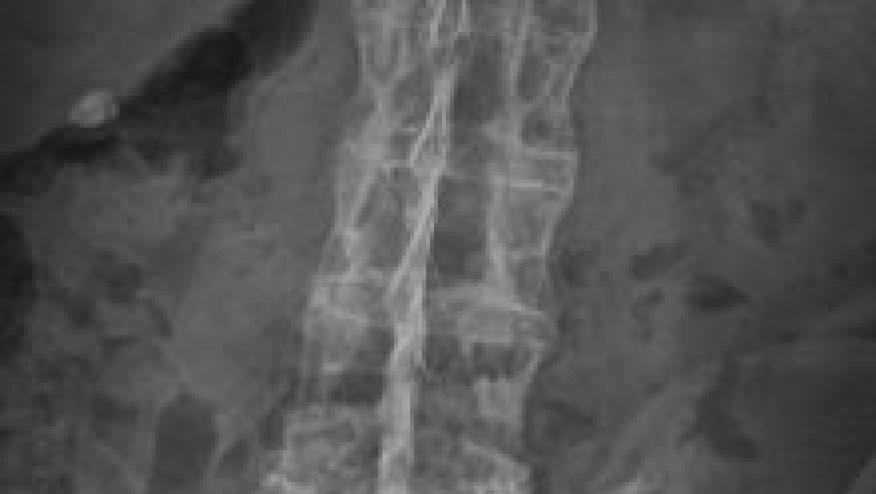Predicting Spondylitis in At-Risk Relatives Save

The risk of developing axial spondyloarthritis (axSpA) if you’re a first-degree relative (FDRs) of an ankylosing spondylitis (AS) patient has been deflined by a 35 year follow-up study showing that if you are a FDR of axSpA you may be at higher risk of acute anterior uveitis (AAU). Additionally, the risk of FDR developing axSpA can be augmented by asking 3 questions.
In 1985, Swiss researchers studied 363 AS probands and 806 FDRs with exams, questionnaires, blood samples for HLA-typing and radiography of the sacroiliac joints. At follow-up in 2018–2019, 125 patients and 360 FDR were available for study.
axSpA was found in roughly 26% of HLA-B27(+) FDR, independent of the radiographic sacroiliitis. AAU occurred in 13/34 (38.2%) FDR with axSpA vs 29/251 (11.6%) FDR without axSpA (OR=4.74).
Chronic inflammatory back pain (CIBP) at baseline did not predict later axSpA. But risk of axSpA did increase when FDRs were questioned if there was CIBP, pain at the thoracic spine and at anterior chest wall. These 3 questions had an 83.1% sensitivity and 87.2% specificity for current axSpA.
Conversely, finding AAU in FDR of axSpA probands should prompt screening for axSpA. Also a three-question tool (CIBP, pain/discomfort in the thoracic spine and anterior chest wall) could increase the odds of finding axSpA among FDR of AS patients.









If you are a health practitioner, you may Login/Register to comment.
Due to the nature of these comment forums, only health practitioners are allowed to comment at this time.